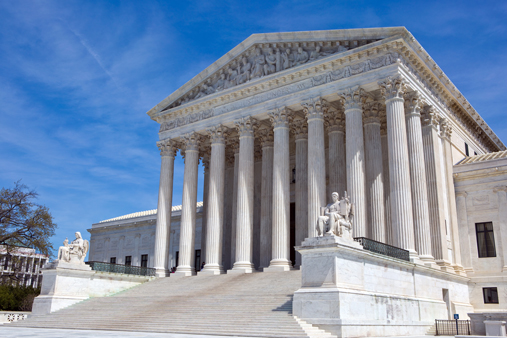The FDA recently issued a draft guidance on how to distinguish a medical device recall from a product enhancement. The draft guidance also discusses the reporting requirements for both actions. The FDA notes that the distinction between the two actions and understanding of the reporting requirements is important to ensure consistent interpretation of the regulations by medical device companies and certainty in their regulatory responsibility, and to avoid delays between the time a device defect or failure is identified and the time the public is notified..
The draft guidance begins by reciting the regulatory definitions of several terms, including “correction,” “market withdrawal,” “recall,” “removal,” and “stock recovery.” A recall is defined as “a firm's removal or correction of a marketed product that the Food and Drug Administration considers to be in violation of the laws it administers and against which the agency would initiate legal action, e.g., seizure.” The draft guidance also sets forth, for the first time, a definition of a product enhancement as “a change or improvement to a non-violative device as part of continuous device improvement activities.” Thus, the key distinction between a recall and a product enhancement is whether or not the change is being made to address a violation of the FD&C Act or FDA regulations.
In a section on how to identify a recall, the draft guidance notes that to be a recall, an action must involve (1) a change to (2) a device that is (3) already on the market. Violations that lead to a recall classification include the failure to meet specifications for the device, failure to perform as intended, or failure to be of a quality that they purport or are represented to possess. Further, “[a] change to a marketed device to address false or misleading labeling or other labeling violations would generally constitute a medical device recall,” as would any other change to address a violation.
The draft guidance next addresses reporting requirements for recalls and product enhancements. Recalls must be reported when they address a risk to health, which the draft guidance defines as “(1) a reasonable probability that use of, or exposure to, the product will cause serious adverse health consequences or death; or (2) that use of or exposure to the product may cause temporary or medically reversible adverse health consequences, or an outcome where the probability of serious adverse health consequences is remote.” This definition is from 21 C.F.R. 806.2(j) and “mirrors the definitions of class I and class II recalls.”
To determine if a situation poses a risk to health, FDA recommends that companies conduct a health hazard evaluation taking into account the following factors:
- Whether any disease or injuries have already occurred from use of the product.
- Whether any existing conditions could contribute to a clinical situation that could expose humans or animals to a health hazard. Any conclusion should be supported as completely as possible by scientific documentation or statements that the conclusion is the opinion of the individuals making the health hazard determination.
- Assessment of hazard to various segments of the population, e.g., children, surgical patients, pets, livestock, etc., who are expected to be exposed to the product being considered, with particular attention to those individuals who may be at greatest risk.
- Assessment of the degree of seriousness of the health hazard to which the populations at risk would be exposed.
- Assessment of the likelihood of occurrence of the hazard.
- Assessment of the consequences (immediate or long-range) of occurrence of the hazard.
The draft guidance also states that a report must be filed for a product enhancement if it is being implemented to address a risk of health, and the report may state that it is for a product enhancement.
A copy of the draft guidance can be found here.
For more information, please contact the Barnes & Thornburg LLP attorney with whom you work or one of the following attorneys in the firm’s Food, Drug & Device group: Lynn Tyler at (317) 231-7392 or lynn.tyler@btlaw.com; and Hae Park-Suk at (202) 408-6919 or hae.park.suk@btlaw.com.
© 2013 Barnes & Thornburg LLP. All Rights Reserved. This page, and all information on it, is proprietary and the property of Barnes & Thornburg LLP. It may not be reproduced, in any form, without the express written consent of Barnes & Thornburg LLP.
This Barnes & Thornburg LLP publication should not be construed as legal advice or legal opinion on any specific facts or circumstances. The contents are intended for general informational purposes only, and you are urged to consult your own lawyer on any specific legal questions you may have concerning your situation.









/Passle/6488d4630e7e25c9ac9f834a/MediaLibrary/Images/2024-07-18-19-15-33-047-669969d52008239f764a11af.png)


/Passle/6488d4630e7e25c9ac9f834a/SearchServiceImages/2024-07-17-15-17-44-967-6697e0980752df56d2441ada.jpg)
